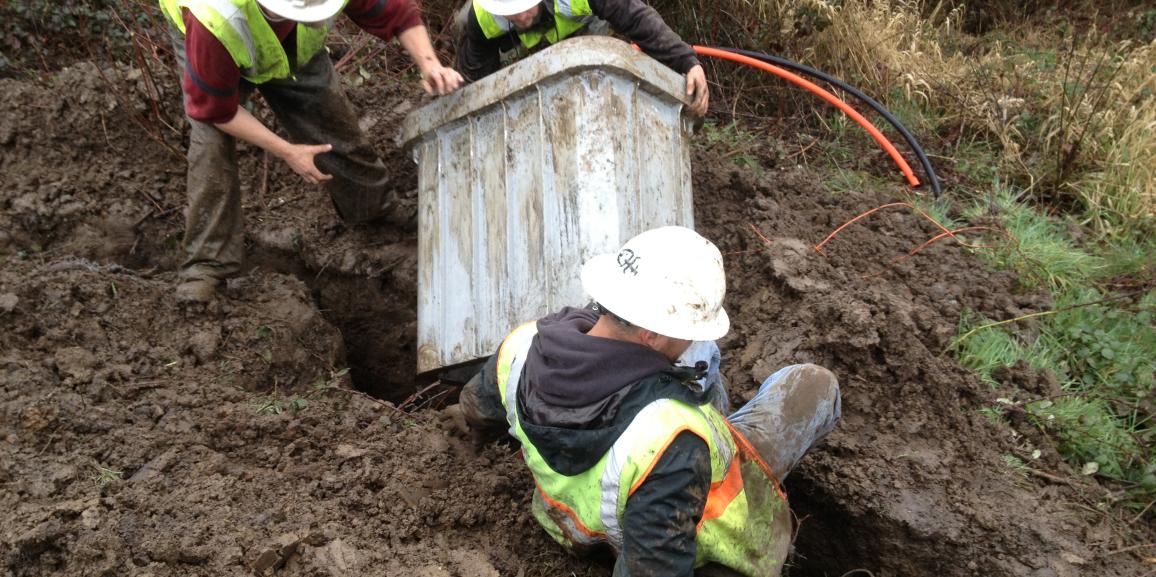Directional is regarded as a game-changing approach in multiple sectors, redefining how we approach subsurface exploration and construction. At its core, directional drilling facilitates professionals to bore at exact positions as opposed to following a vertical line. This advanced method merely enhances resource recovery but also provides a world of alternative purposes beyond traditional oil and gas extraction. Whether it’s setting up utilities in bustling urban environments or facilitating renewable energy projects, the flexibility of directional drilling is revolutionizing the way we perceive development.
As technology continues to progress, so too do the methods and uses of directional drilling. With improved drilling https://doyle-andersson-2.technetbloggers.de/from-the-surface-and-going-to-the-subsurface-exploring-the-directional-drilling-process , cutting-edge bore monitoring systems, and creative methods like horizontal drilling, fields are discovering new avenues to tackle the obstacles posed by city growth and environmental factors. This article will delve into the intriguing world of directional drilling, highlighting its multiple kinds, benefits, and the pioneering projects that exemplify its potential. From reducing surface disruption to enhancing effectiveness and precision, the alternative route in directional drilling is paving the way for a more sustainable and productive future.
Comprehending Aspectual Drilling
Directional boring is a drilling technique that permits wellbore paths to be directed at different angles rather than only vertically. This method is gaining popularity for its ability to reach targets that are indirectly below the drilling site, reducing surface interference and enabling for more productive placement of wellheads. By utilizing specialized machinery and technology, deviated drilling can pass through complex geologic formations, making it a preferred choice for many industries, comprising petroleum, utilities, and sustainable energy.
The progression of angled drilling technology has significantly developed over the decades, moving from primitive tools to highly complex systems equipped with sensors and real-time data oversight. This development has resulted in increased precision and safety during excavation operations. As the technology has changed, so too have its functions, broadening beyond traditional oil and gas production to encompass utility installations, transport projects, and including construction of metropolitan infrastructure.

The core principle of deviated drilling entails steering the drill bit and altering the borehole's trajectory to achieve desired locations and elevations. This is achieved through different techniques, like using a mix of excavation bits and mud motors that enable controlled drilling. The ability to monitor the bore's path accurately is essential, ensuring that the drill maintains its intended course while surmounting any geologic challenges that may emerge during the process.
Utilizations and Advantages
Directional drilling offers a variety of utilizations across various industries, making it a flexible technology in today's construction landscape. In the oil and gas sector, it is commonly used to access hard-to-reach reserves beneath cities and environmentally sensitive regions. By drilling at various angles, companies can enhance resource recovery while minimizing surface disruption. Beyond oil and gas, directional drilling excels in infrastructure installation, enabling the laying of pipelines, electrical conduits, and telecommunications lines underground without the requirement of extensive excavation.
The benefits of directional drilling extend far beyond its use in resource extraction and utilities. One of the key advantages is its ability to reduce surface disruption, which is especially critical in urban environments. Traditional open-cut methods can result in significant disturbances, traffic delays, and environmental damage. Directional drilling allows for precise placement of boreholes, diminishing the requirement of large-scale excavation and enabling projects to be completed more effectively. As a result, time and costs can be significantly reduced, leading to quicker project delivery.
Additionally, the ecological advantages associated with directional drilling cannot be overlooked. By limiting the amount of surface area that is impacted, this method helps preserve local ecosystems and decreases the likelihood of erosion and sedimentation. In an era where sustainability is paramount, directional drilling stands out as a favored method that supports the construction of infrastructure while safeguarding the environment. The combination of efficiency, minimal disruption, and environmental protection makes directional drilling an integral technique for modern construction and resource management.
Future Trends in Horizontal Boring
The prospects of horizontal drilling is set for major progress due to the adoption of innovative technology. Advancements such as AI and automated learning are enhancing the precision and efficiency of drilling operations. Such innovations enable immediate data analytics, allowing drillers to anticipate issues and refine drilling paths, which can result to reduced expenses and enhanced security. As such tools become widely available, we can expect a shift towards more data-driven decision-making in the field.
A further important trend is the increasing emphasis on eco-friendliness within the sector. As the world moves towards more sustainable power options, directional boring is being adjusted for applications in alternative energy initiatives, such as earth heat and wind energy installations. The capability to bore in fragile locations with little environmental impact makes horizontal drilling a vital technique for supporting environmentally responsible infrastructure development. This trend aligns with government mandates and societal desire for cleaner energy solutions.
Additionally, the incorporation of smart technologies and remote monitoring systems is transforming how directional boring operations are conducted. These advancements allow for enhanced monitoring of bore paths and provide information into immediate drilling conditions. As this technology continues to evolve, the sector can expect increased efficiency and lessened downtime. With a focus on educating the next generation of directional operators, the outlook promises a skilled workforce adept at leveraging these innovations to face the challenges of modern boring projects.
